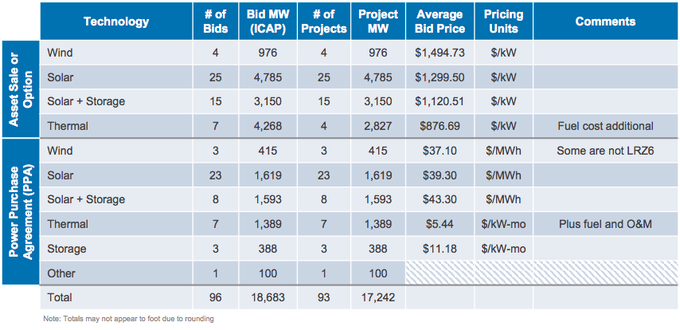The duel for the future of Indiana’s energy identity
While state legislators decide the fate of a bill aimed at adding restrictions to the retirement of existing generation plants, the state’s second-largest utility has issued the results of an unprecedented solar solicitation.
On February 27th, the Indiana Senate Utilities Committee will hear House Bill 1414, a measure which looks to ramp up the necessary steps for a utility to retire a legacy generation resource.
The bill defines a legacy generation resource as an electric generating facility in the state with a capacity of 80 MW or more. It is founded upon twin pillars that make it especially difficult to retire any such resource, stating:
“Utilities may not terminate a power contacts with any such unit unless the public utility provides the public utilities commission with at least three years advance notice of the termination…utilities shall provide the commission with at least six months advance notice of the public utility’s intention to retire, sell, or transfer a reliable capacity resource if such intention is not set forth in the public utility’s preferred portfolio in the public utility’s most recent integrated resource plan…”
The above policies do not directly prioritize coal over any other generation source. Furthermore, while three years advance notice for any suddenly-realized retirement aspirations seems excessive, that’s exactly why integrated resource plans exist.
The neutral tone of this bill changes in its final policies, putting forth that any high-value workforce ready credit-bearing grants under IC 21-12-8 (an adult student grant fund you can read about here) must give priority to any eligible applicant who is a dislocated coal mine employee. Dislocated in this sense means laid off or terminated from employment at a commercial coal mine in Indiana, as a result of the permanent closure of, or a substantial layoff at said mine.
And yet, at the same time that the state’s legislators consider protections for the coal industry, Northern Indiana Public Service Company (NIPSCO), the second largest electric utility in Indiana, released results from its recent RFPs, which we’ll let Senior Energy Policy Analyst at EQ Research, Ben Inskeep take it from here.
NEW: Results from NIPSCO's recent RFPs in Indiana, which includes the largest solar solicitation that I have ever seen (2,300 MW by 2023).
Solar + Storage: $1.12/watt
Solar PPA: $39.30/MWh
Solar + Storage PPA: $43.30/MWh(These are *average*, not winning, bid prices.)
Not only do those 2,3o0 MW represent more solar than all but eight states in the country, they also represent more than six times the amount of solar that has been installed in the state thus far (377 MW). For additional perspective, NIPSCO serves approximately 4 million customers. 2,300 MW is, according to SEIA estimates, enough capacity to meet 10% of that total electricity need.
This type of commitment to renewables in Indiana, while unprecedented, is something that NIPSCO has been taking steps toward for some time. In fall 2018, the company announced plans to close all of its coal facilities by 2028, replacing them with solar, solar-plus-wind, wind, demand-side response and the spot market, which would explain the massive RFP.
What’s more is that none of these retirements will be subject to the regulation above. Even if HB 1414 passes, they have been outlined for roughly 17 months now.
The exceedingly low cost of solar-plus-storage at $1.12/W also leans towards proving the utility’s claim that some of the coal facilities could have stayed open past 2035, but would have cost customers billions of dollars more than shifting to new solar power, $4.3 billion, to be exact.






